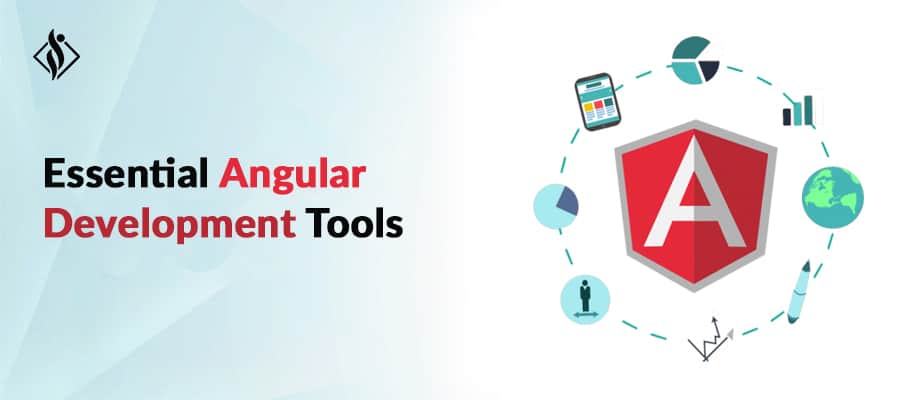Insightful Bytes
Exploring the world one byte at a time.
Angular Adventures: A Developer's Journey Through the Framework
Explore Angular Adventures! Join a developer's thrilling journey, uncover tips, and master the framework like a pro. Dive in now!
Getting Started with Angular: A Beginner's Guide
Getting started with Angular can be an exciting journey for beginners looking to build dynamic, single-page applications. Angular is a powerful framework developed by Google that utilizes TypeScript to help developers create robust applications. Before diving in, it's essential to set up your development environment. You’ll need to install Node.js, which includes npm (Node Package Manager). Once you have Node.js installed, you can create a new Angular project by running the command ng new my-app in your terminal.
Once your project is set up, it’s time to familiarize yourself with the key concepts of Angular. Understanding modules, components, and services is crucial to mastering the framework. Modules are containers for different components, and they help in organizing the application architecture. Start by creating your own components using the command ng generate component component-name. Additionally, learning about routing in Angular will enable you to manage navigation seamlessly between different views, making your application user-friendly and more interactive.

Top 10 Tips for Debugging Angular Applications
Debugging Angular applications can be a daunting task for developers at any level. However, with the right strategies, you can streamline the process and quickly identify issues. Here are the Top 10 Tips for Debugging Angular Applications:
- Utilize Angular DevTools: This Chrome extension offers a powerful set of tools for inspecting Angular applications, enabling you to analyze component structures, change detection cycles, and zone-related issues.
- Implement Logging: Use
console.log()effectively to trace variable values and application flow. By logging crucial information, you can pinpoint the exact location where the error originates.
3. Leverage Debugging Tools: Browser debugging tools, like those found in Chrome or Firefox, are invaluable for stepping through your code and monitoring variable values in real-time.
4. Use Error Handling: Implement global error handling to catch unhandled errors and provide meaningful error messages. This helps in avoiding unexpected application crashes.
5. Check Network Calls: Always inspect network activity to ensure API calls are working correctly and returning the expected data. Use the network tab in the browser's developer tools to monitor requests and responses.
6. Watch for Change Detection Issues: Often, problems arise from improper change detection. Make sure to leverage Angular’s zone.js effectively to solve performance bottlenecks.
7. Test Unit Individually: Isolate and test components individually to help debug issues in complex applications. This ensures that each part of your application functions as intended.
How to Master Angular Routing: Best Practices and Strategies
Mastering Angular Routing is crucial for creating scalable and maintainable applications. The first step is to understand the basic concepts of routing, including the RouterModule, route configuration, and navigation. Utilize route parameters to pass data between different views and implement lazy loading for optimizing the application's performance. This practice allows you to load modules only when they are needed, reducing initial load times and improving user experiences.
Another best practice is to use route guards to manage access control in your application. Implementing canActivate, canDeactivate, and other route guard interfaces will help you control who can access certain routes and ensure that data integrity is maintained. Additionally, consider implementing a centralized error handler for your routes, allowing you to catch and handle navigation errors gracefully. By following these strategies, you can significantly enhance your application's routing capabilities and user experience.